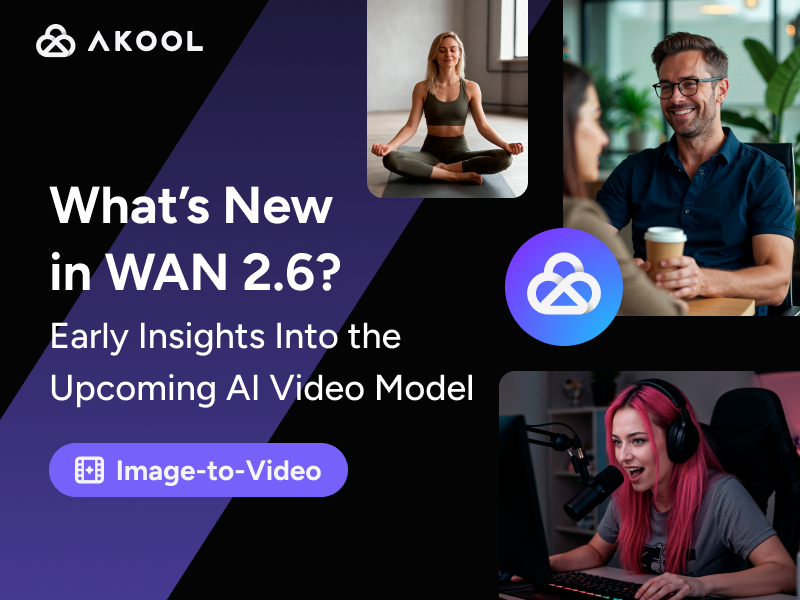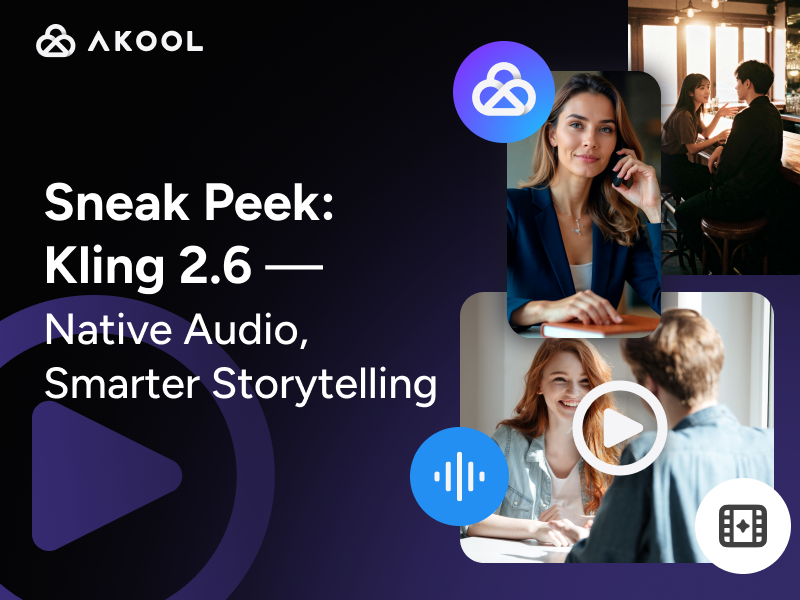Introduction to Predictive HR Analytics
Predictive HR analytics uses statistical models and machine learning to forecast future HR trends and outcomes. By analyzing historical employee data, it helps predict turnover rates, identify high-potential employees, and optimize recruitment strategies. Key formulas include regression analysis and classification algorithms. This data-driven approach enables creative agencies to make informed decisions, enhance talent management, and improve overall workforce efficiency. For more insights on how artificial intelligence is transforming human resources, explore AI in Human Resources.
How to Use Predictive HR Analytics
Predictive HR analytics in creative agencies can transform the way you manage your workforce. Here’s how you can effectively utilize this powerful tool:
Step-by-Step Guide
- Define Your Objectives
Determine what you want to predict: employee turnover, performance, recruitment success, etc.
Collect and Prepare Data
- Gather historical data from HR systems including employee records, performance data, and exit interviews.
Ensure data quality and consistency for accurate analysis.
Choose the Right Models
- Use Regression Analysis to explore relationships between variables, such as how job satisfaction affects turnover.
Implement Classification Algorithms like decision trees to categorize employees into risk or performance groups.
Develop Predictive Models
- Apply Supervised Learning for outcomes with historical labels, such as predicting turnover based on past data.
Utilize Unsupervised Learning to identify hidden patterns without predefined labels.
Integrate with HR Systems
- Connect predictive models with existing HR management systems for real-time analytics and reporting.
Automate insights delivery to streamline decision-making processes.
Test and Validate Models
Regularly test predictive models to ensure accuracy and adjust them based on new data or organizational changes.
Implement Insights
Use predictions to inform HR strategies such as crafting retention plans, optimizing recruitment, and planning workforce needs.
Monitor and Refine
- Continuously monitor the performance of predictive models.
- Refine algorithms with new data inputs to improve prediction accuracy over time.
Table 1: Steps for Implementing Predictive HR Analytics
| Step Number | Action | Description |
|---|---|---|
| 1 | Define Objectives | Identify HR metrics to predict, such as turnover or performance. |
| 2 | Collect and Prepare Data | Gather and clean historical HR data. |
| 3 | Choose the Right Models | Select appropriate statistical models and algorithms. |
| 4 | Develop Predictive Models | Use learning techniques to build models. |
| 5 | Integrate with HR Systems | Connect models with existing HR platforms. |
| 6 | Test and Validate Models | Regularly check the accuracy of predictions. |
| 7 | Implement Insights | Apply predictions to HR strategies. |
| 8 | Monitor and Refine | Continuously update models with new data. |
Capabilities and Benefits
- Enhanced Decision-Making: Make informed decisions about hiring, training, and employee development.
- Proactive Management: Anticipate potential HR challenges and address them before they escalate.
- Resource Optimization: Allocate resources effectively based on predicted workforce needs and performance trends.
By following these steps, creative agencies can leverage predictive HR analytics to enhance talent management and drive organizational success. For more on how AI can assist in HR tasks, visit AI for HR.
Applications of Predictive HR Analytics
Predictive HR analytics offers numerous applications within creative industries and agencies:
Talent Acquisition: Identify potential candidates who align with your company culture and project needs by analyzing historical hiring data and candidate profiles. Explore AI Recruiting Tools to enhance your recruitment process.
Employee Retention: Use predictive models to foresee attrition risks and implement tailored retention strategies, such as personalized career development plans.
Performance Management: Forecast employee performance trends to allocate resources effectively and enhance productivity in creative projects.
Workforce Planning: Anticipate future staffing needs based on project pipelines and historical workload data, ensuring optimal team composition.
Diversity and Inclusion: Analyze demographic data to predict and improve diversity metrics, fostering a more inclusive workplace.
Table 2: Applications of Predictive HR Analytics
| Application | Description |
|---|---|
| Talent Acquisition | Predicts candidate fit and optimizes hiring processes. |
| Employee Retention | Identifies attrition risks and supports retention strategies. |
| Performance Management | Forecasts performance trends for better resource allocation. |
| Workforce Planning | Helps in anticipating staffing needs based on project demands. |
| Diversity Inclusion | Analyzes and improves workplace diversity and inclusion efforts. |
These applications help creative agencies optimize their human resource strategies, leading to more efficient and effective project execution. For further reading on advanced recruitment techniques, check out E-recruitment with AI.
Technical Insights into Predictive HR Analytics
Predictive HR analytics leverages advanced statistical techniques and machine learning algorithms to interpret and forecast HR-related metrics.
Core Techniques
Regression Analysis: Used to identify relationships between variables. For instance, predicting employee turnover based on factors like job satisfaction and tenure.
Classification Algorithms: Techniques like decision trees and random forests classify employees into categories, such as high-potential candidates or at-risk employees.
Data Utilization
Historical Data: Analyzes past employee data, including performance reviews, exit interviews, and recruitment records.
Real-time Data Streams: Incorporates ongoing data collection from HR systems to refine predictions and stay current with trends.
Machine Learning Models
Supervised Learning: Models trained on labeled data to predict outcomes, like which employees are likely to leave.
Unsupervised Learning: Analyzes data without predefined labels to uncover hidden patterns, such as implicit employee groupings.
Integration with HR Systems
Predictive analytics integrate with HR management systems to automate reporting and provide actionable insights, enhancing strategic decision-making. This integration allows for real-time updates and continuous improvement of predictive models. For more on integrating AI with HR systems, see HR AI Tools.
Useful Statistics on Predictive HR Analytics
Understanding the impact and utility of Predictive HR Analytics can be greatly enhanced by examining relevant statistics. These data points not only highlight the growing adoption of predictive analytics in human resources but also underscore its potential benefits.
- Adoption Rate and Market Growth: According to a report by Grand View Research, the global HR analytics market was valued at USD 2.25 billion in 2022 and is expected to grow at a compound annual growth rate (CAGR) of 13.7% from 2023 to 2030.
Explanation: This robust growth indicates an increasing reliance on data-driven decision-making within HR departments. For creators, developers, and agencies, this trend signifies opportunities to develop innovative analytics tools and platforms that cater to this expanding market.
Impact on Retention and Turnover: A study by Deloitte found that companies using predictive analytics in HR can reduce turnover rates by as much as 25%.
Explanation: Lower turnover rates are crucial for maintaining stability and reducing hiring costs. By predicting which employees might leave, companies can implement targeted interventions to retain key talent. This statistic is useful for developers and creative agencies focusing on designing solutions to address employee retention challenges.
Improvement in Recruitment Efficiency: Research from the Society for Human Resource Management (SHRM) shows that organizations employing predictive analytics in their recruitment processes experience a 15% improvement in hiring quality.
Explanation: Enhanced hiring quality means that organizations can more effectively match candidates to roles, decreasing the likelihood of costly hiring mistakes. Developers can leverage this insight to create tools that better assess candidate fit and streamline the recruitment process.
Return on Investment (ROI): According to an IBM Smarter Workforce Institute report, companies that use predictive analytics in HR report a 2.6 times higher ROI than those that do not.
- Explanation: This statistic illustrates the financial benefits of investing in predictive HR analytics, making it a compelling argument for stakeholders considering such investments. Creative agencies and developers can tailor their services to emphasize the cost-saving and efficiency-boosting aspects of predictive analytics solutions.
By leveraging these statistics, creators, developers, and creative agencies can better understand the strategic advantages of predictive HR analytics and identify opportunities to innovate and provide value within this domain.
Predictive HR Analytics: Frequently Asked Questions
What is Predictive HR Analytics and how does it benefit my organization?Predictive HR analytics is a data-driven approach that uses AI and machine learning to forecast future HR trends and outcomes. It helps organizations make informed decisions on recruitment, retention, and workforce planning, ultimately enhancing productivity and reducing costs.
How does Predictive HR Analytics improve employee retention?By analyzing historical data and identifying patterns, predictive HR analytics can pinpoint factors leading to employee turnover. This allows organizations to address issues proactively, improving employee satisfaction and retention rates.
Can Predictive HR Analytics assist in recruitment processes?Yes, predictive HR analytics can streamline recruitment by identifying the most effective sourcing channels, predicting candidate success, and reducing time-to-hire. It ensures that organizations attract and retain top talent efficiently. Explore more about AI Resume Screening to enhance recruitment strategies.
What types of data are used in Predictive HR Analytics?Predictive HR analytics utilizes a variety of data sources, including employee demographics, performance metrics, engagement surveys, and external labor market trends. This comprehensive data analysis provides a holistic view of workforce dynamics.
How secure is the data used in Predictive HR Analytics?Data security is a top priority. Predictive HR analytics services employ robust encryption and compliance with data protection regulations to ensure that sensitive information is safeguarded and used responsibly.
Is Predictive HR Analytics suitable for small businesses?Absolutely. Predictive HR analytics can be tailored to suit businesses of all sizes. For small businesses, it offers insights that can significantly enhance HR strategies, optimize resource allocation, and support growth. Discover more about Online Team Building with AI to improve team dynamics.
How can Predictive HR Analytics support diversity and inclusion initiatives?By analyzing workforce data, predictive HR analytics can identify diversity gaps and track the effectiveness of inclusion strategies. This enables organizations to foster a more diverse and inclusive workplace culture.
What are the implementation steps for Predictive HR Analytics in an organization?Implementation typically involves data collection and integration, model development and validation, and ongoing analysis and reporting. A dedicated team or service provider can guide organizations through these steps to ensure effective utilization of predictive HR analytics.




